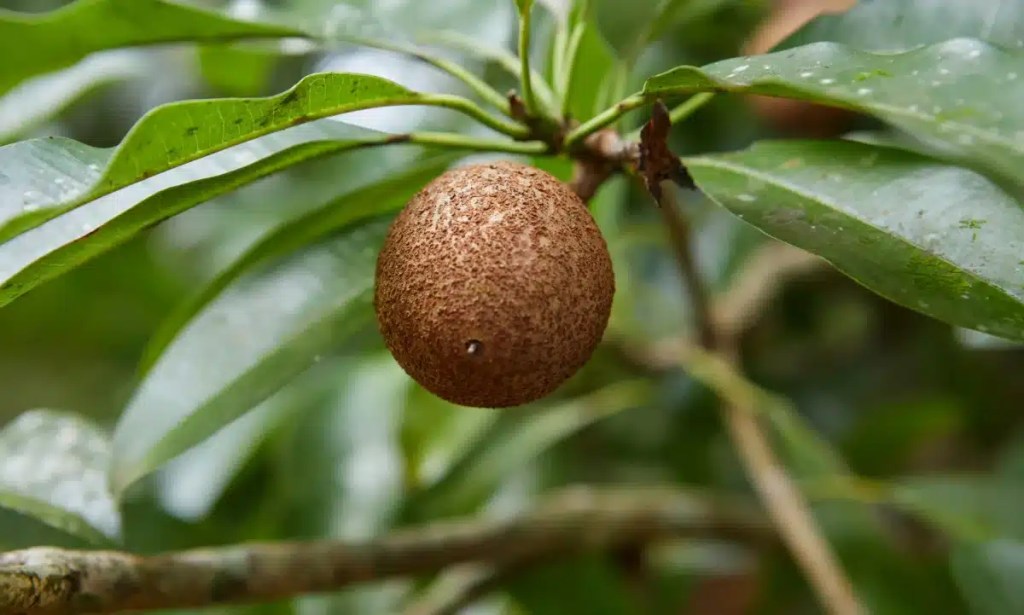Yes, sapodilla is safe for dogs to eat with proper preparation. The sapodilla, also known as chikoo or sapota, is an exotic fruit native to Central America and is fairly uncommon in the United States. Always be sure of what you’re feeding your pup, as sapodilla is sometimes confused with mamey, a fruit that looks more…









